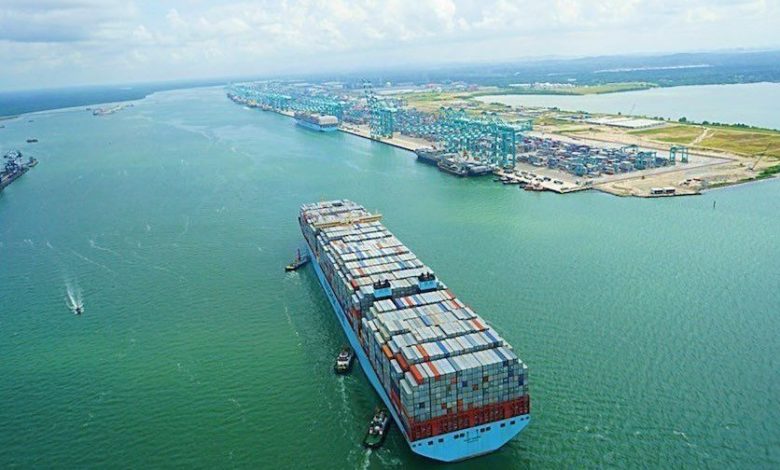Nine in 10 major ports are exposed to climate hazards: University of Oxford study

New research from the University of Oxford’s Environmental Change Institute (ECI) indicates that nearly nine in 10 major ports globally are exposed to damaging climate hazards, resulting in escalating economic impacts on global trade.
Because of their locations in hazard-prone areas along coasts and close to rivers, ports will have to cope with sea-level rise and more-severe storms because of climate change. The resulting physical damages to infrastructure and disrupted operations can have far-reaching consequences.
The ECI study, published in Communications Earth and Environment, provides a detailed picture of climate risks for 1,340 of the most important ports globally. It combines a new geospatial database of port infrastructure assets, with details on natural hazards, including earthquakes, cyclones and flooding, as well as localised information on “marine extremes,” such as wind speeds, waves and temperature.
“We found 86% of all ports are exposed to more than three types of climatic and geophysical hazards,” said research lead Jasper Verschuur in a statement. “Extreme conditions at sea are expected to cause operational disruptions to around 40% of ports globally.
“What’s more, ports are exposed to other hazards, including river flooding and earthquakes, so port designers and operators have to take multiple hazards into consideration. If that doesn’t happen, we could see major disruptions to global trade and supply chains.”
On top of the physical damages, port downtime associated with natural hazards puts trade worth $67bn at risk every year, which could result in costly delays, revenue losses and impacts to the wider economy.
“Luckily, initiatives are ongoing to upgrade outdated and inefficient port infrastructure at many ports. However, these efforts fall short, given the expected climate-change challenges ports will face over the next few decades. Our paper allows organisations to prioritise global investments to adapt ports, as well as help identify the most suitable interventions,” said Verschuur.
The largest climate risks are faced by large ports in Asia, the Gulf of Mexico and those in Western Europe. Despite the absolute risk being particularly large in high-income countries, the impacts could be greatest in middle-income countries’ ports.

What is the evidence for sea level rise in Western Europe? Unless someone is corrupting data (not unknown by academics to support wild theories) there is no evidence of this on official charts/Admiralty charts. The validity and integrity of data, the length of any time series for analysis and the basis of any modelling all needs to be put under independent forensic review. Amazingly this never seems to happen .
Reports of increased frequency of storms seems to be more a function of aggressive media over reporting of weather events that have happened before.
Several reports over the last decade have identified global sea rise as a major risk to ports as well as sea coast infrastructure. The US Department of Defense has routinely reported the increased risk in their annual risk assessment. To be resilient it is time to be creative. The good news is the use of floating infrastructure is a proven time tested technology. Incremental innovation for handling cargoes at the sea/land exchange and then getting the cargoes safely to and from inland ports (wet and dry) for further transfer. As in other industries seaports that collaborate with inland ports and infrastructure regulators as first movers will secure a competitive advantage.